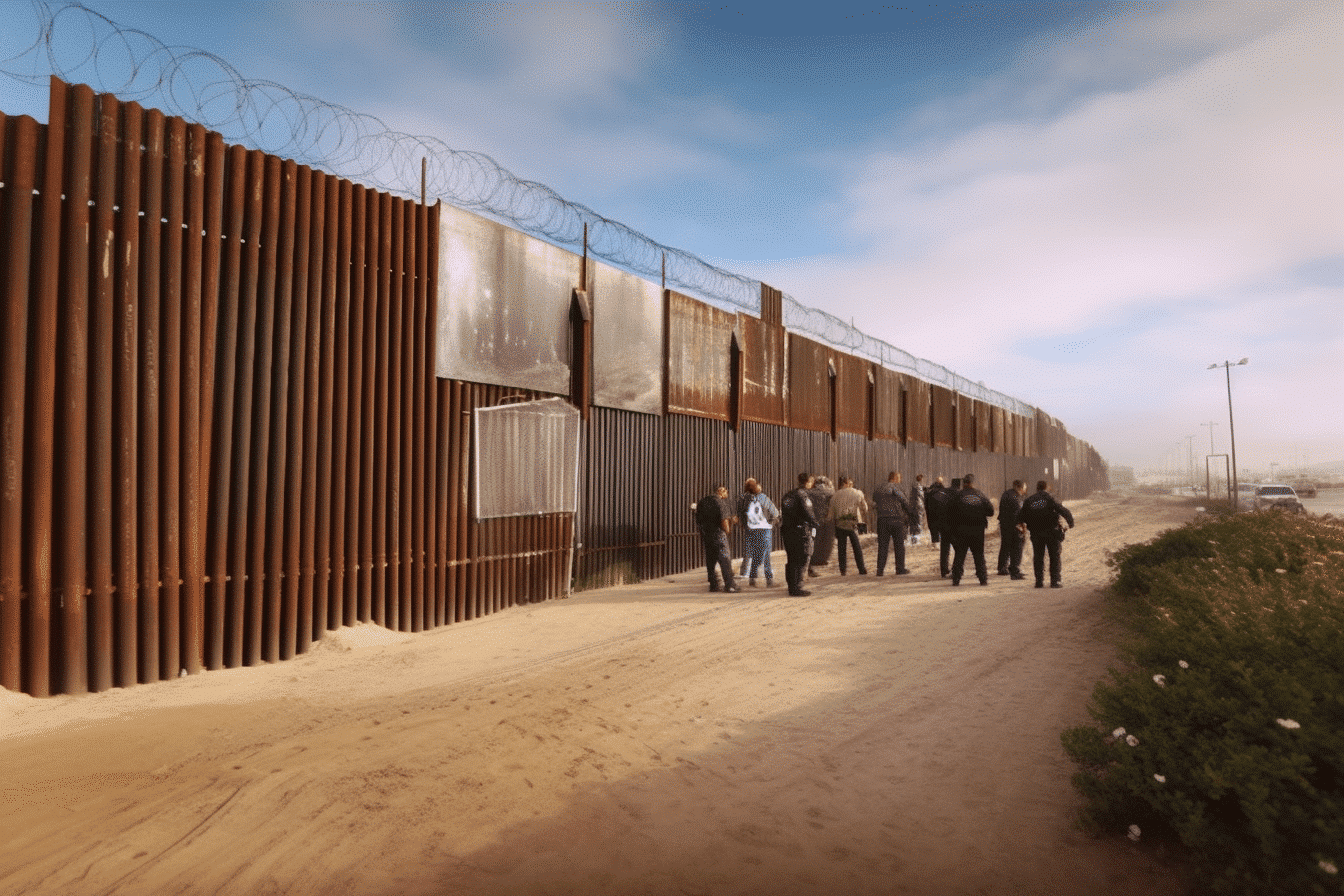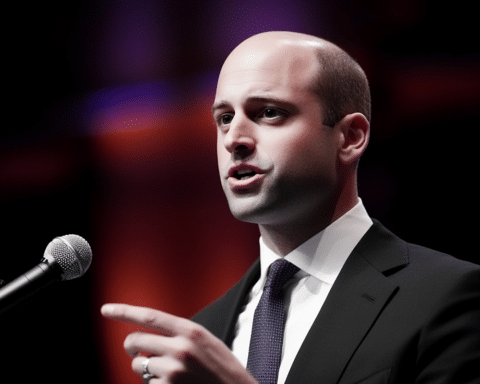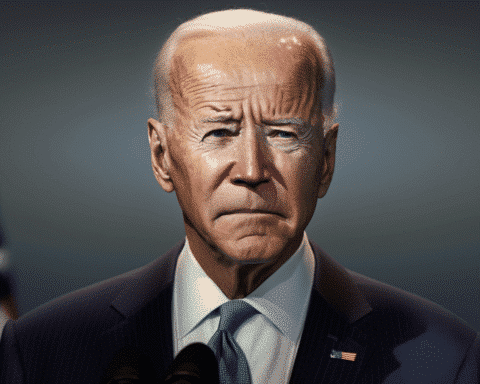Upon lifting pandemic restrictions next week, U.S. and Mexican officials will adopt new immigration policies to curtail illegal border crossings and provide alternative pathways for migrants. Homeland Security adviser Liz Sherwood-Randall met with Mexico President Andres Manuel Lopez Obrador and other high-ranking officials, resulting in a five-point plan.
Mexico will continue to accept migrants from Venezuela, Haiti, Cuba, and Nicaragua who are denied entry at the border, and up to 100,000 Hondurans, Guatemalans, and Salvadoran family members will be eligible to live and work in Mexico. Mexico’s support is essential for the US to tighten border control, especially as migrants from distant countries like Haiti travel through Mexico on foot and cannot be quickly repatriated.
In Guatemala and Colombia, the U.S. announced last week that it would establish centers outside its borders so migrants can legally apply to settle in the U.S., Spain, and Canada. However, Mexico was not included in these efforts. With Mexico now supporting the US and deploying 1,500 active-duty US troops for administrative support and other enforcement measures, border officials believe they can manage overcrowding and potential issues after the COVID-19 restrictions are lifted.
President Joe Biden, who recently announced his Democratic re-election campaign, seeks to demonstrate his administration’s commitment to reducing illegal crossings while discouraging potential border crossers from attempting the journey. However, this effort could draw unfavourable comparisons to former President Donald Trump’s policies, which Biden frequently criticized.
Mexico will accept up to 30,000 migrants per month from Cubans, Haitians, Nicaraguans, and Venezuelans who cross illegally, while the US will still turn away migrants crossing illegally from these countries. The US also allows 30,000 people per month from the four nations to enter legally for two years, provided they have eligible sponsors and pass vetting and background checks. The administration intends to quickly screen asylum seekers at the border, deport unqualified individuals, and penalize those who cross illegally.

An additional 1,500 active-duty personnel will be deployed to the border area for 90 days to be replaced by National Guard or Reserve troops. Even though they are not working in law enforcement, 2,500 National Guard members are already at the border. Biden’s immigration management and Trump’s troop usage are different, according to White House press secretary Karine Jean-Pierre, noting that the Department of Defense has supported Customs and Border Protection at the border for nearly two decades. However, some within Biden’s party have criticized the decision.
Several members of Biden’s party oppose the administration’s border militarization, including Sen. Bob Menendez, D-N.J., who has called it “unacceptable.” Menendez argued that deploying military personnel sends a message that migrants are a threat requiring containment by the nation’s troops, which he believes is far from the truth.
The Pentagon approved troops in response to a request from the Department of Homeland Security (DHS), which oversees the border. The previous approval of National Guard troops at the border by Defense Secretary Lloyd Austin through October 1 was conditional on DHS agreeing to collaborate with Congress and the White House to develop a long-term staffing solution and funding shortfalls to keep immigration processing running smoothly without relying on Defense Department resources.
Under the agreement, the Pentagon has requested quarterly updates from DHS on how it plans to staff its border mission without military personnel. It remains unclear whether these updates have taken place or whether border officials will be able to fulfill the terms of the agreement, especially considering the strain of another expected migrant surge.
The new immigration policies aim to balance the need for border security with the humane treatment of migrants seeking refuge. However, the Biden administration will need to navigate the complex political landscape surrounding immigration, addressing concerns within its party while fending off Republican attacks. As the US and Mexico work together on these stricter immigration policies, the long-term impact on the border situation and migrant lives remains to be seen.




